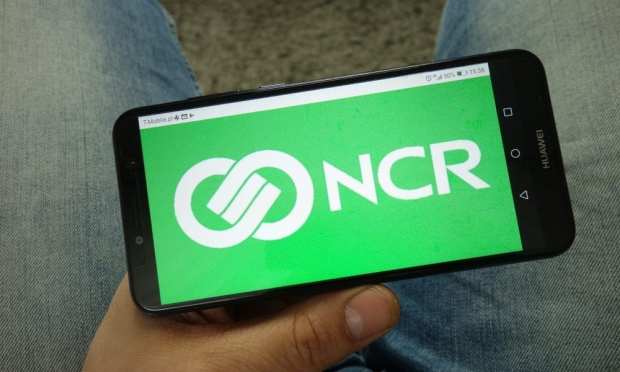NCR On D3 Acquisition And Banks Being ‘Digital-First’

In the financial services ecosystem, there are relatively invisible sources of power and fuel, those operations perhaps not well known in the mainstream, but which play vital roles. That holds true when it comes to the progress and growth of digital banking — something underscored by NCR with its recent acquisition of D3 Technology, an online and mobile banking specialist for the large financial institution (FI) market.
“There are many of them,” Douglas Brown, senior vice president and general manager for NCR Digital Banking, told Karen Webster in a new PYMNTS interview talking about that deal and companies such as D3. “Together, we can leverage them, and make them strong.”
One of the overall goals of such work is to democratize digital-first banking by giving FIs of all sizes — from the largest to the smallest — the tools to adopt and deploy a digital-first strategy.
Mobile and online banking continue to make impressive gains, as regularly documented by PYMNTS research. Not only that, but some 20 percent of U.S. banking branches are expected to close by 2020 — another point in favor of the rise of digital banking and a digital-first mindset.
However, there is always drag, and some of that involves the legacy systems — and often legacy thinking — of financial institutions, especially larger ones. The service providers of those larger FIs often don’t have a full digital mindset, Brown told Webster.
“People are still tethered to people who don’t endorse the [open] model,” he said. “They give it lip service, but don’t make it available. They continue to obstruct and put roadblocks in place.”
Agree or disagree with those statements, but they do help explain what is driving NCR to make deals like the D3 acquisition.
D3 offers a customer-centric solution for large banks that has risen to prominence in the industry as a digital platform. For its part, NCR is best known for its cloud-based solutions for the community financial institutions (CFI) market — and the D3 acquisition now expands its on-premise offerings for large financial institutions (LFI). The two companies have very different products and platforms, and the deal will result in complementary offerings for FI clients, Brown said.
“There will be much more customization than is traditionally available, and we will be able to leverage our sales and distribution model,” he said. “By [adding this] platform and product capabilities, we will achieve significant acceleration in growth.”
NCR’s acquisition of D3 comes amid other recent deals in digital payments — some of them positively massive. For instance, earlier this year, Fiserv said it would buy First Data for $22 billion in an all-stock deal, slated to close in the second half of the year. Not only that, but the European Union said it would approve the Fidelity National Information Services, Inc. (FIS) $35 billion dollar bid for payments outfit Worldpay with unconditional antitrust approval.
The payments playground is changing. Not only are deals reshaping things, but FinTech firms continue to do their best to disrupt the industry with efforts that have regulatory backing. NCR is certainly sensitive to those changing conditions, especially now with D3 under its umbrella.
“We have expanded the competitive theater we’ve [been] operating in,” Brown said.
So, what’s next?
For one, the digital-first financial services mindset is coming on stronger, whether people are ready to move on it or not. Consumer demand is fueling that, and there is much less room for hesitation than just a few years ago. Banks have a shorter time to get their digital road maps in order, Brown told Webster.
That roadmap leads, inevitably, to online and mobile self-service channels, Brown said — and that will be the case now with D3. Microservices are also in order, he noted, as are other tools that go beyond traditionally core banking functions.
NCR plans to continue looking for new deals that will help it compete with digital banking services. That’s just another point that underscores how banking is changing, and what’s coming down the road in the 2020s.